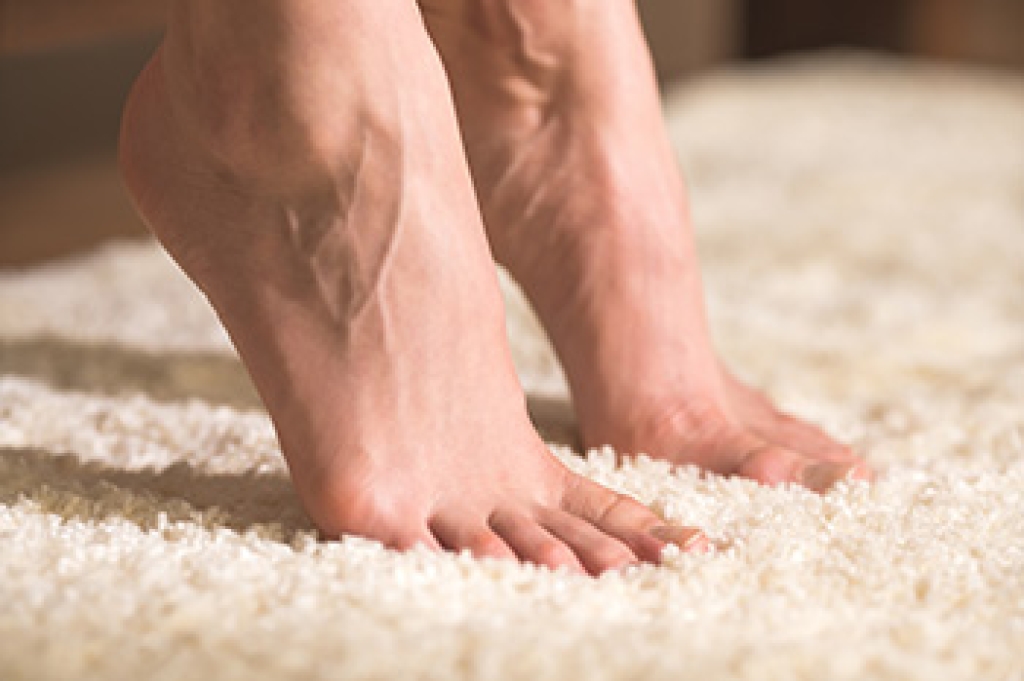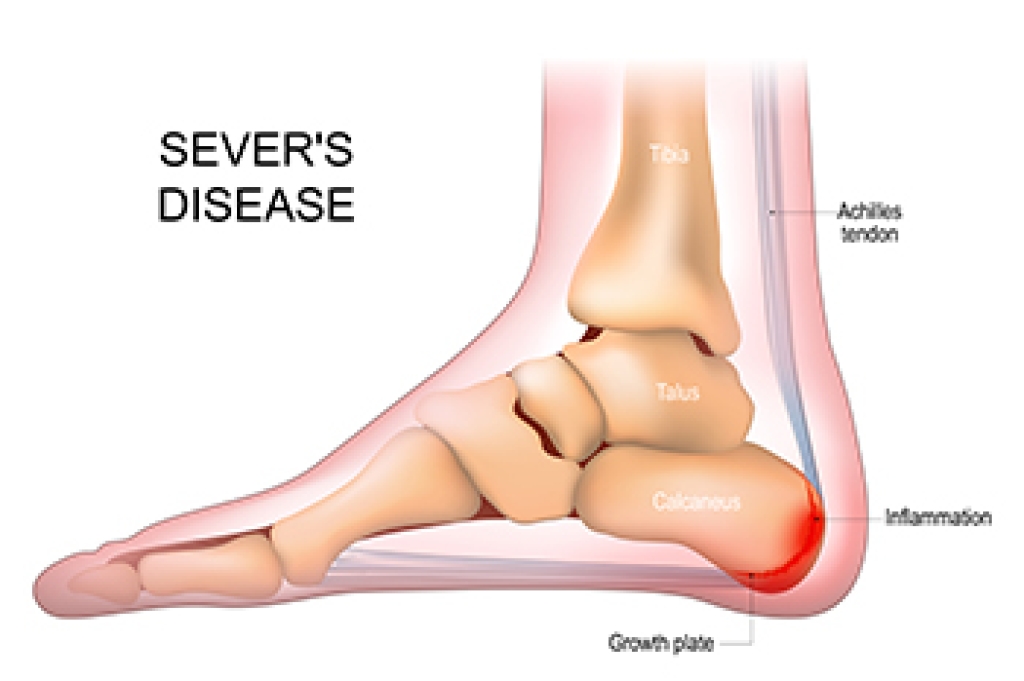
Carrying excess body weight places continuous pressure on the feet, which can strain bones, joints, and soft tissues with every step. The arches may gradually flatten under the increased load, altering foot posture and leading to plantar fasciitis, heel pain, or toe deformities. Extra weight can also add to plantar pressure, particularly under the ball of the foot and heel, which may result in pain and changes in walking patterns. Over time, this stress can affect balance and stability, making it more difficult for the feet and ankles to support normal movement. In some cases, the toes may curl or become misaligned due to the constant pressure on the forefoot. A podiatrist can evaluate these changes, assess how weight affects your foot structure, and recommend treatment to relieve pain and improve mobility. If you experience foot or ankle pain as a result of carrying extra weight, it is suggested that you make an appointment with a podiatrist for a diagnosis and treatment options.
The more you weigh, the harder your feet must work to support your body. If you’re an obese individual and are concerned about your feet, contact one of our podiatrists from Waterbury Podiatry Consultants. Our doctors can provide the care you need to keep you pain-free and on your feet.
Obesity and Your Feet
People who are overweight are putting more pressure on their ankles, knees, and hips as well as their feet. This unfortunately can lead to variety of different issues.
Problems & Complications Stemming from Obesity
- When the body is overweight, it tries to compensate by changing the way that it moves. An obese person may lean forward and put extra weight on the wrong part of the foot. This puts unnecessary stress on the feet.
- Obese people are also more likely to develop type II diabetes which is a condition that causes a lot of foot problems. People with diabetes often don’t feel the cuts and sores that they may have on their feet, which can lead to more complicated and severe issues.
- Plantar fasciitis is another foot condition that can be caused by obesity. Plantar fasciitis is an inflammation of the tissue along the bottom of the foot, which causes pain and stiffness while walking and climbing stairs.
If you have any questions please contact our offices located in Waterbury and Southington, CT . We offer the newest diagnostic and treatment technologies for all your foot and ankle needs.




